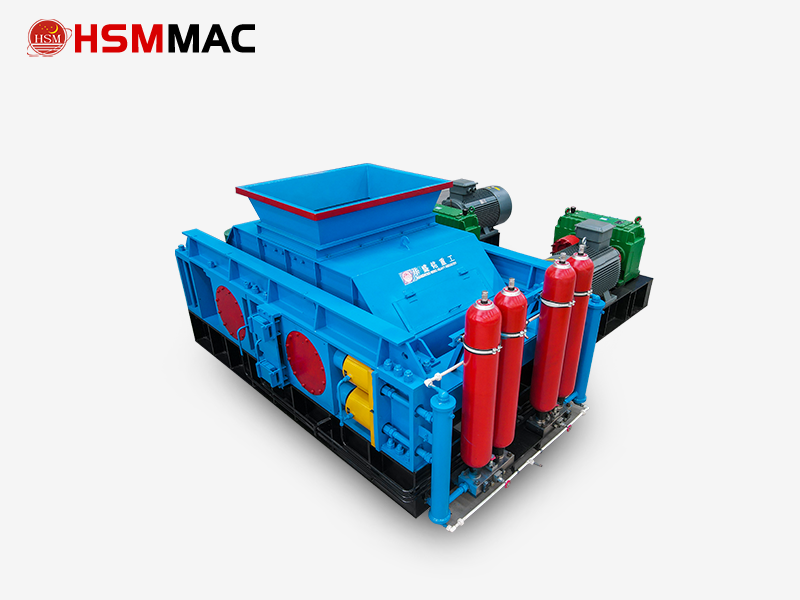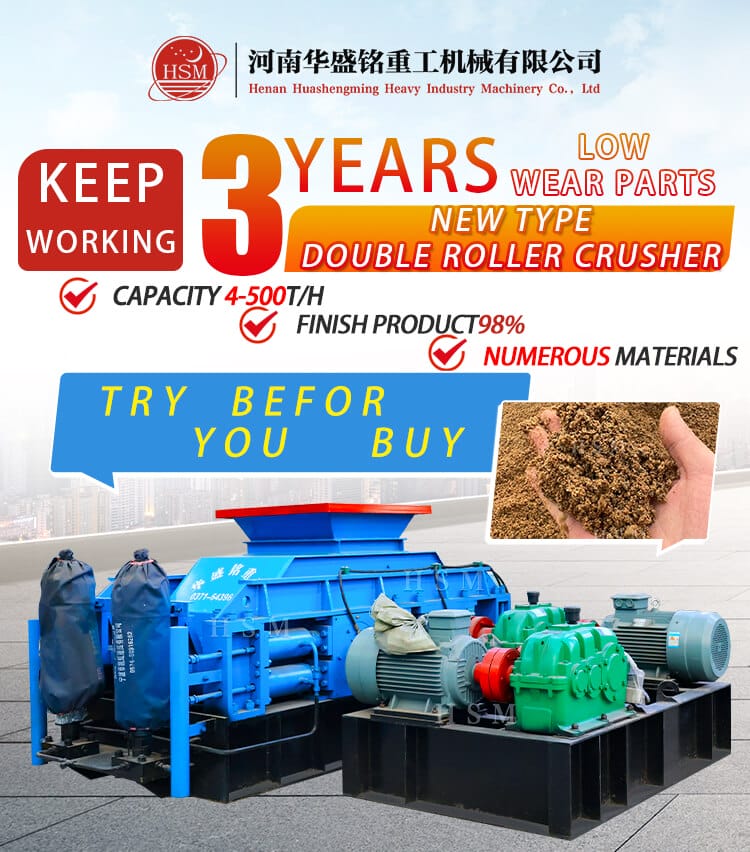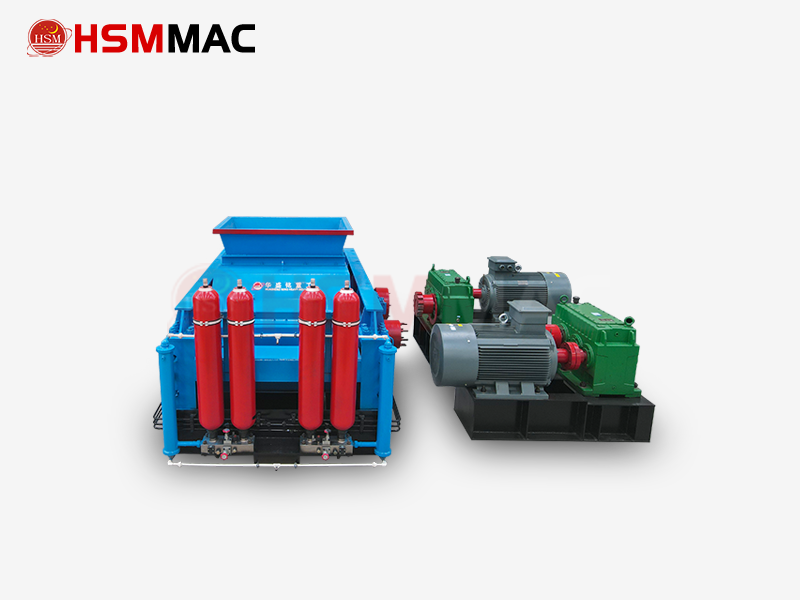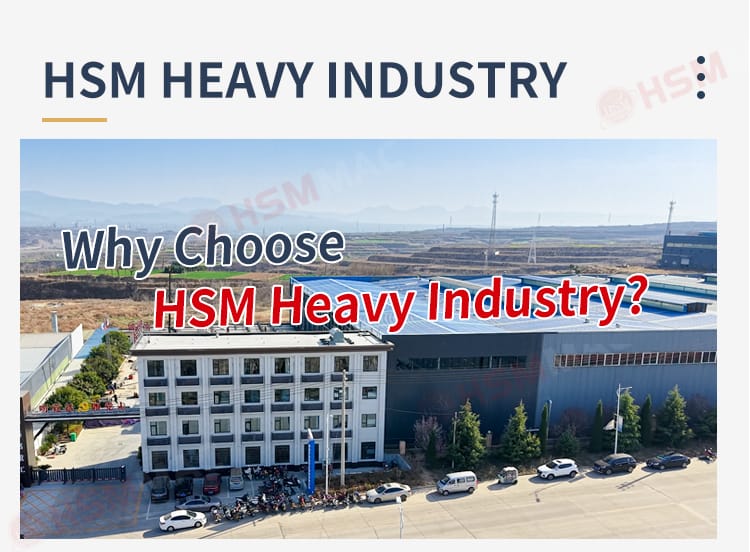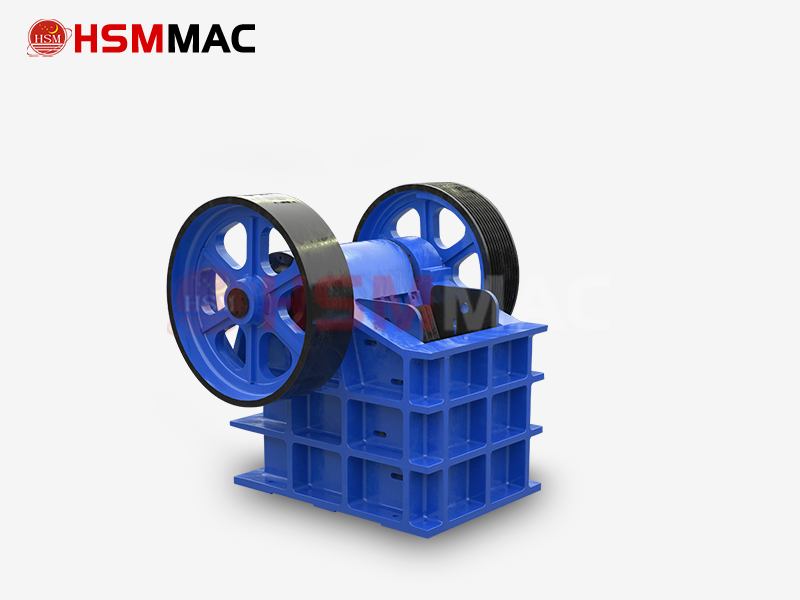Roller sand making machine is known as ‘sand making machine without wearing parts’, mainly due to its unique design principle, wear-resistant material application and low maintenance characteristics. The following combines industry practice and technical details to analyse the basis of this statement:
1、Structural design significantly reduces wear points
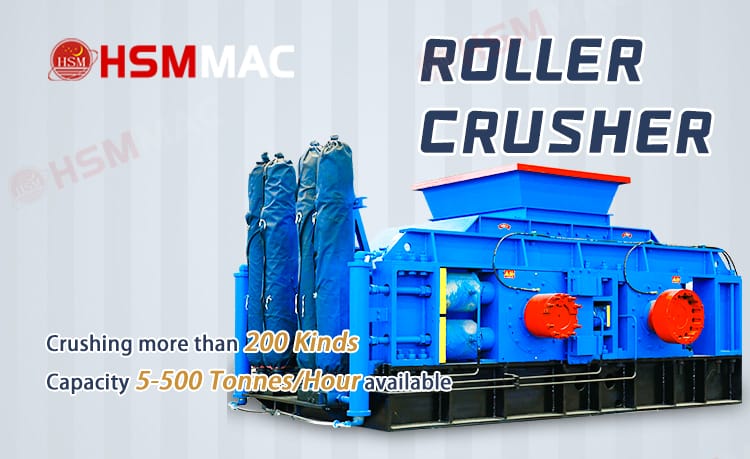
Roller sand making machine
Double Roller Squeezing Principle
Roller sand making machine squeezes materials (such as river pebbles, granite, etc.) through two relatively rotating rollers, instead of impact crushing by traditional hammer or impact equipment. This continuous, gentle mechanical action avoids violent impacts and reduces the risk of component wear at its source.
No Complex Wearable Components
Unlike traditional sand makers (e.g. hammer and impact crusher) that require frequent replacement of hammer heads, liners, and impact plates, the core component of the Roller Sand Maker is only the double rollers, with no other high-speed moving or high-impact components. The roller skin is the only part that needs regular maintenance, but its life span is significantly extended (see below), so it is regarded as ‘no wearing parts’ by users.
2. Wear-resistant roller skin technology to achieve long service life
High wear-resistant materials and thickening process
The rollers are made of high chromium manganese steel, alloy castings and other wear-resistant materials, and are thickened (e.g., the thickness is increased by 30%-50%), the hardness of which can reach HRC60 or above, which can resist friction and abrasion of high-hardness materials.
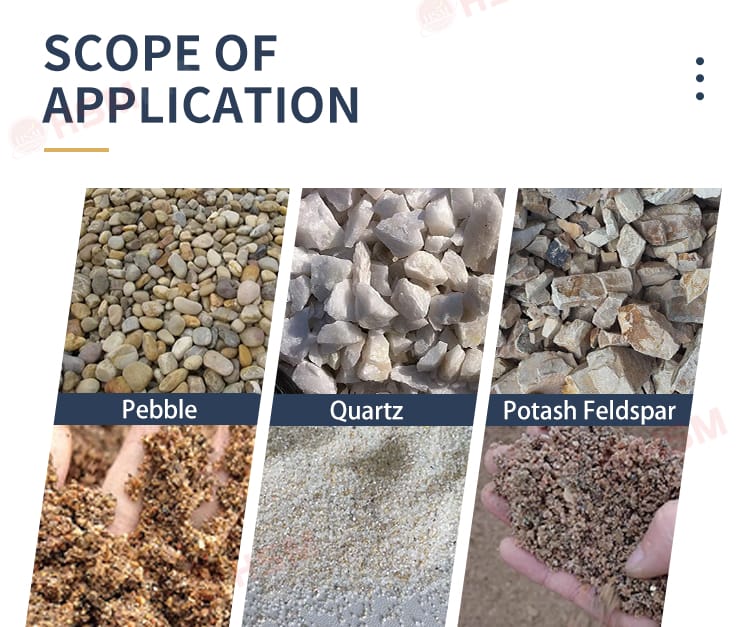
Sand making effect
Comparison of life span:
Traditional hammer head: need to be replaced every month (e.g. hammer breakers);
Roller skins: standard life 2000-3000 hours, up to 2-3 years under soft materials.
Uniform and controllable wear
Roller skin wear is mainly manifested by surface grooves, but through the double roll gap adjustment (e.g. hydraulic system), the discharge size can be kept stable to avoid local excessive wear. Users feedback can still maintain normal production after 3 years of continuous operation.
3、Extended advantages of low-maintenance design
Reduced energy consumption
Low-speed extrusion crushing (55-75kW-h/100 tonnes) saves more than 30% of electricity than high-speed impact equipment, which indirectly reduces the load loss of the motor and other components.
Environmental Protection and Stability
Sealed structure reduces dust spillage, low noise operation (<85dB), avoiding the risk of production stoppage due to environmental issues.
Simplicity of operation
Simple structure makes maintenance only need to check the roller skin gap and lubrication regularly, without the need for professional technicians.
4. Exceptions to note
Although roll sand makers are advertised as having ‘no wearing parts’, the roll skins are still wear parts and their life is affected by the hardness of the material (e.g. quartzite > limestone) and by operating practices. If crushing super-hard materials (Mohs hardness>7) or feed material exceeds the standard (>150mm), the life of the roller skin may be shortened to half a year. Therefore, ‘no wearing parts’ is more of a technical generation expression relative to the traditional equipment with high frequency replacement of multiple parts.
Roller sand making machine realises the core advantage of ‘no wearing parts’ through the principle of extrusion crushing, single-point wear design (only roll skin) and application of super wear-resistant materials, which significantly reduces maintenance cost and downtime. This feature makes it an ideal choice for the sand and gravel industry to reduce costs and increase efficiency, especially suitable for small and medium-sized production lines and areas with high environmental protection requirements. The actual purchase should be combined with the characteristics of the material to choose the roller skin material, and regulate the operation to maximise the life of the equipment.










